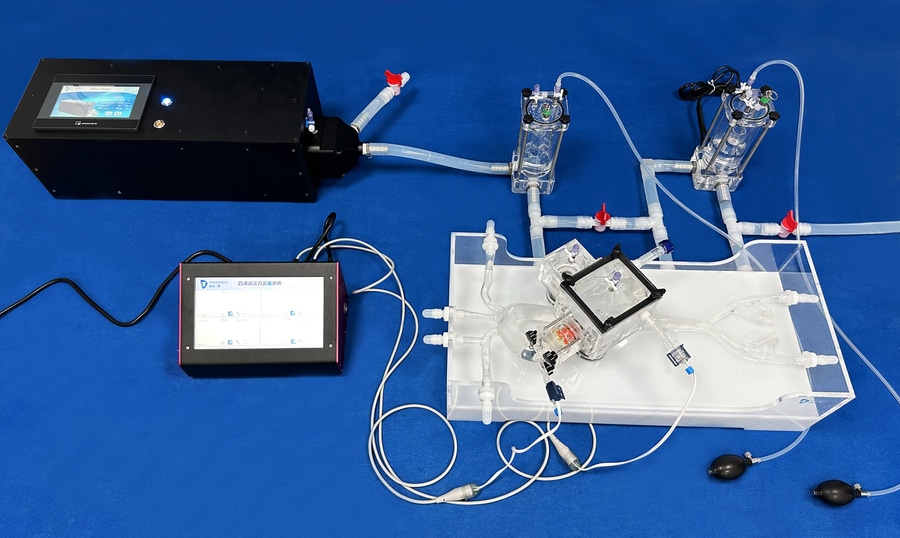
#Industry News
Who qualifies for TAVR procedure?
Transcatheter Aortic Valves Replaceable
TAVR can reduce symptoms of aortic stenosis such as chest pain, shortness of breath, fainting and fatigue.
TAVR may be an option for people at risk of complications from surgical aortic valve replacement. Your doctor may recommend TAVR if you have severe aortic stenosis, are elderly, have multiple underlying conditions, or have lung or kidney conditions. TAVR is currently considered reasonable.
Preoperative evaluation of TAVR patients
Preoperative evaluation, including drug use, allergy history, imaging examination, and important organ function examination, was conducted to predict the possible neurological and cardiovascular function changes after TAVR.
Evaluate the artery and vein diameter, elasticity, degree of calcification tortuosity, mural thrombosis and other conditions of patients in detail to predict the risk of TAVR surgery.
TAVR surgical supplies include vascular sheaths of different lengths (4 to 22F), interventional guide wires for different purposes, cardiac diagnostic catheters, and balloon dilators of different sizes.
Unlike surgical aortic valve replacement, TAVR uses a long, thin, flexible catheter (catheter) to reach the heart.
Doctors insert a catheter into a blood vessel, usually in the groin or chest, and direct it to the heart. Moving X-ray or echocardiogram images can help doctors during surgical TAVR, where the treatment team monitors patients' vital signs, including blood pressure, heart rate and breathing, in real time.
With the development and improvement of medical devices and further research, TAVR will be better applied in clinic and benefit more patients with valve disease.





